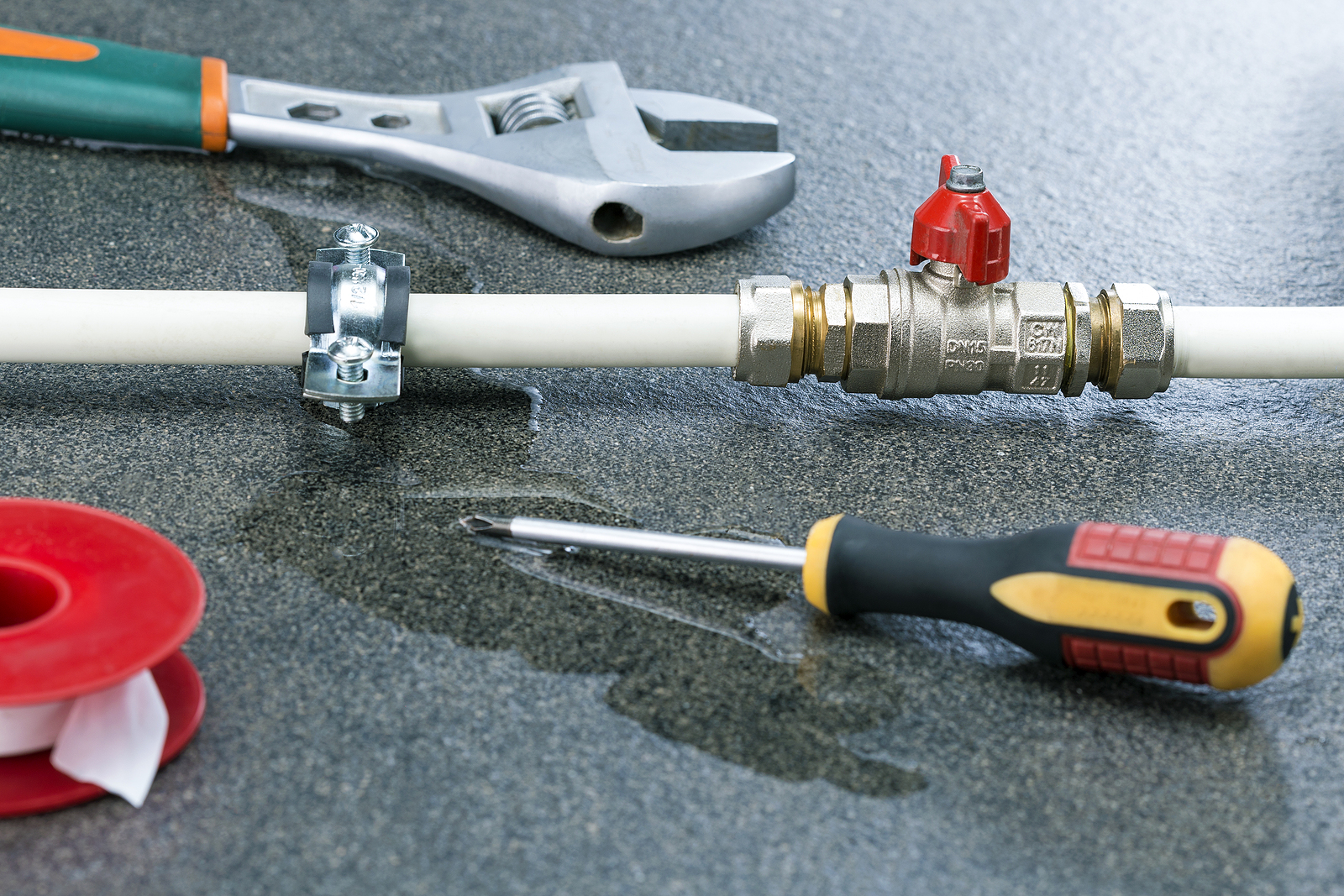6 Effective Methods to Spot Covert Water Line Leaks Secretly
6 Effective Methods to Spot Covert Water Line Leaks Secretly
Blog Article
Are you on the lookout for critical information around Leaking water lines?

Early detection of leaking water lines can minimize a prospective disaster. Some tiny water leakages might not be visible.
1. Check Out the Water Meter
Every residence has a water meter. Inspecting it is a proven manner in which aids you uncover leakages. For starters, shut off all the water resources. Make sure nobody will flush, use the tap, shower, run the cleaning equipment or dish washer. From there, most likely to the meter as well as watch if it will transform. Given that nobody is using it, there should be no activities. If it relocates, that indicates a fast-moving leakage. Likewise, if you detect no changes, wait a hr or 2 and inspect back once more. This suggests you may have a slow leak that can even be below ground.
2. Examine Water Intake
Assess your water bills and track your water usage. As the one paying it, you ought to observe if there are any kind of disparities. If you detect sudden changes, regardless of your intake coinciding, it indicates that you have leaks in your plumbing system. Remember, your water bill need to drop under the exact same range monthly. A sudden spike in your costs suggests a fast-moving leak.
Meanwhile, a constant increase each month, despite having the exact same behaviors, shows you have a sluggish leakage that's likewise gradually intensifying. Call a plumber to thoroughly check your home, particularly if you really feel a warm location on your flooring with piping underneath.
3. Do a Food Coloring Test
When it concerns water usage, 30% comes from toilets. Examination to see if they are running effectively. Decrease specks of food color in the container and also wait 10 minutes. If the color in some way infiltrates your bowl throughout that time without flushing, there's a leakage between the container as well as bowl.
4. Asses Outside Lines
Don't forget to examine your outdoor water lines also. Must water permeate out of the link, you have a loosened rubber gasket. One small leak can squander lots of water as well as surge your water bill.
5. Analyze the scenario as well as examine
Property owners should make it a habit to check under the sink counters as well as even inside cabinets for any type of bad odor or mold and mildew development. These two warnings suggest a leak so prompt attention is needed. Doing regular examinations, also bi-annually, can save you from a significant problem.
Examine for stainings and deteriorating as many home appliances and also pipes have a life span. If you think dripping water lines in your plumbing system, do not wait for it to escalate.
Early discovery of dripping water lines can minimize a possible disaster. Some small water leakages may not be noticeable. Checking it is a proven method that aids you discover leakages. One small leakage can squander bunches of water as well as spike your water expense.
If you think leaking water lines in your plumbing system, don't wait for it to intensify.
WARNING SIGNS OF WATER LEAKAGE BEHIND THE WALL
PERSISTENT MUSTY ODORS
As water slowly drips from a leaky pipe inside the wall, flooring and sheetrock stay damp and develop an odor similar to wet cardboard. It generates a musty smell that can help you find hidden leaks.
MOLD IN UNUSUAL AREAS
Mold usually grows in wet areas like kitchens, baths and laundry rooms. If you spot the stuff on walls or baseboards in other rooms of the house, it’s a good indicator of undetected water leaks.
STAINS THAT GROW
When mold thrives around a leaky pipe, it sometimes takes hold on the inside surface of the affected wall. A growing stain on otherwise clean sheetrock is often your sign of a hidden plumbing problem.
PEELING OR BUBBLING WALLPAPER / PAINT
This clue is easy to miss in rooms that don’t get much use. When you see wallpaper separating along seams or paint bubbling or flaking off the wall, blame sheetrock that stays wet because of an undetected leak.
BUCKLED CEILINGS AND STAINED FLOORS
If ceilings or floors in bathrooms, kitchens or laundry areas develop structural problems, don’t rule out constant damp inside the walls. Wet sheetrock can affect adjacent framing, flooring and ceilings.
https://www.servicemasterbyzaba.com/blog/how-to-detect-water-leakage-in-walls/

Do you appreciate more info about Top leak detection hacks? Create a remark below. We will be glad to know your reactions about this write up. Hoping that you visit us again before long. Make sure you set aside a second to distribute this entry if you enjoyed reading it. I am grateful for your time. Visit us again soon.
Schedule Appointment Report this page